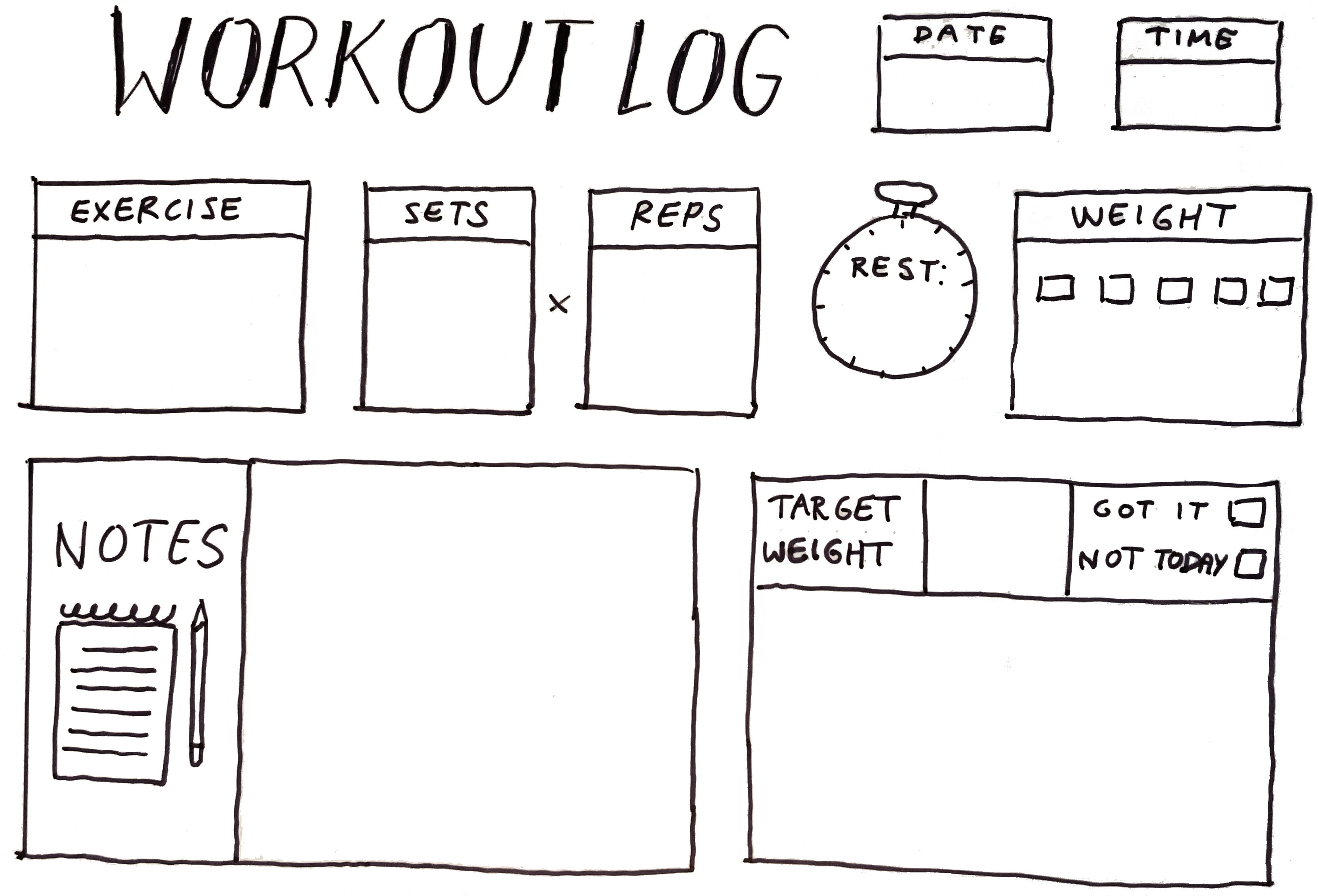Ditch dumbbells for a notebook.
Are you on a mission to maintain a healthy lifestyle in 2021? Stay on course for your fitness journey with a fitness tracker! A fitness tracker packs all those learnings into a single notebook to keep your healthy habits in your sights.
You can use any old notebook for a fitness tracker, but this guide will also provide specific hacks for using the reusability of a Rocketbook notebook to send your fitness progress into the stratosphere (that’s a good thing).
In the video below, you’ll learn:
- What is Fitness Tracking
- How to Track Your Fitness
- Benefits of Fitness Tracking
What is Fitness Tracking
1. Tracking Your Workout Progress
Fitness Tracking starts with the proven practice of monitoring your workout progress to maintain consistency and find problem patterns.
2. Organizing Your Exercises
It also involves organizing your exercises to paint a picture of how many weekly hours your putting into your fitness. Even if it’s 0 hours, that’s helpful to know.
We’ve provided some fitness tracking templates below, but choose any page design that works for you. You don’t need to be Pablo Picasso to create an effective fitness tracker. But you don’t have to make the tracker intentionally ugly, either.

How To Track Your Fitness
1. Create Your Workout Log
The first step is to actually create your workout log to keep track of the specific exercises and activities taken to improve your fitness. We’ve included some tips below for maximizing the utility of this page.
Pro-Tip: Find a visual way to set and track your goals. A simple graph will do the trick. A complicated, in-depth full body diagram will also do the trick.
Rocketbook Tip: Create the template in permanent ink. Then fill in each section with your Pilot FriXion pen. Finally, erase the page for a clean slate of futuristic fitness.

2. Create Your Exercise List
Is a burpee an cardio exercise or a special drink from 7–11? It doesn’t matter. The point is to create a page to be used as a library of exercises to choose from. In this library, though, you accumulate improvements to your health instead of accumulating late fees. Good stuff.
Pro-Tip: Sketch the exercise in case you forget what the actual activity entails. Once again, Pablo Picasso skills not required.
Rocketbook Tip: Scan your exercise list with the Rocketbook App to have for safe keeping (and searching), even if you forget your notebook.

Benefits of Fitness Tracking
1. Motivation & Accountability
2. Build Fitness Knowledge
It’s no secret that writing down information helps commit it to memory. So, by writing out your exercises, you are getting a bonus benefit of improving your comprehensive knowledge on human fitness. Congrats! (If your goal was to forget a bunch of fitness knowledge, our apologies.)




1 comment
I just built out my own morning/evening routine tracker with a dashboard on the day of fitness and health minutes, a water tracker and gratitude and priorities tracker as well!